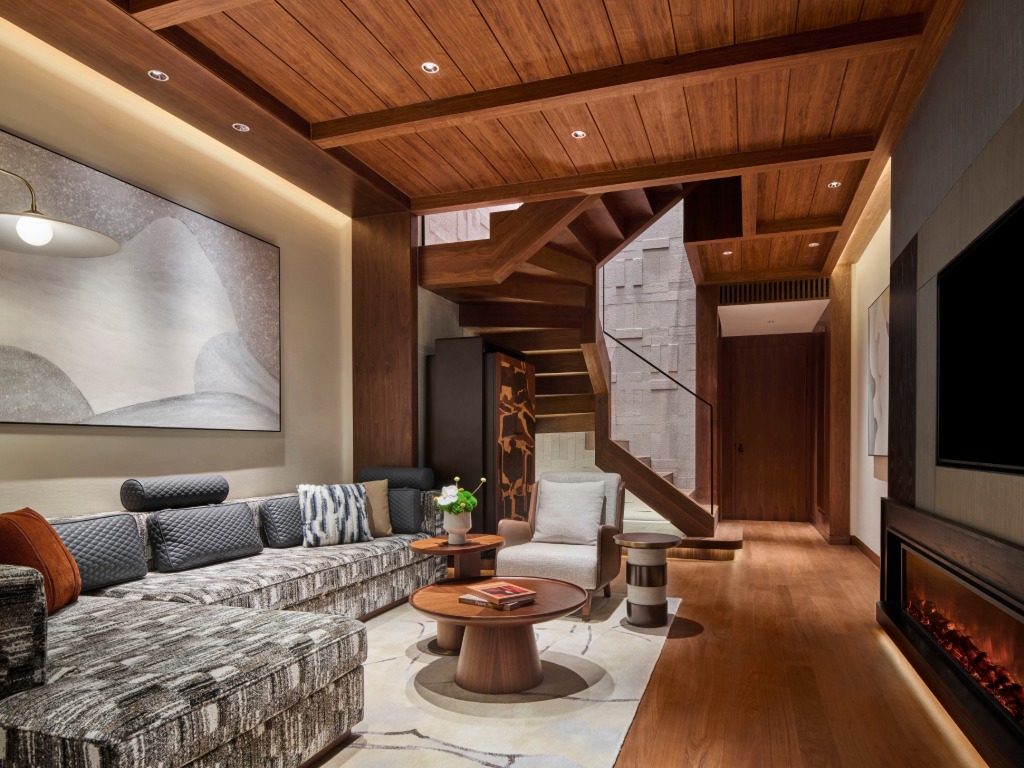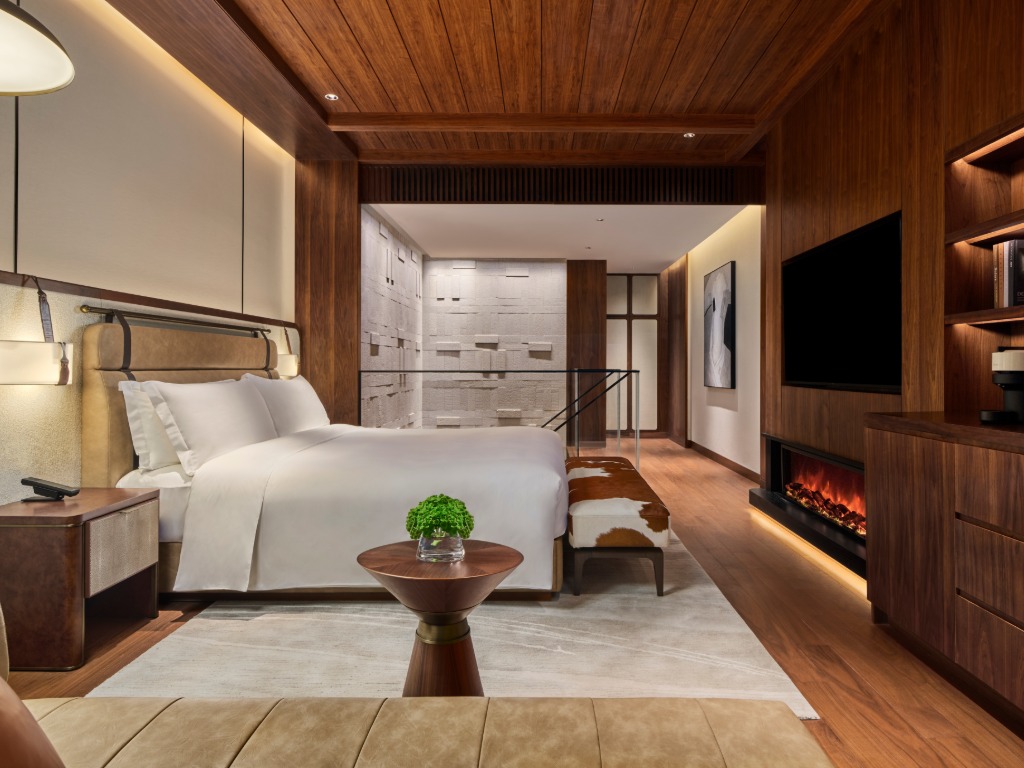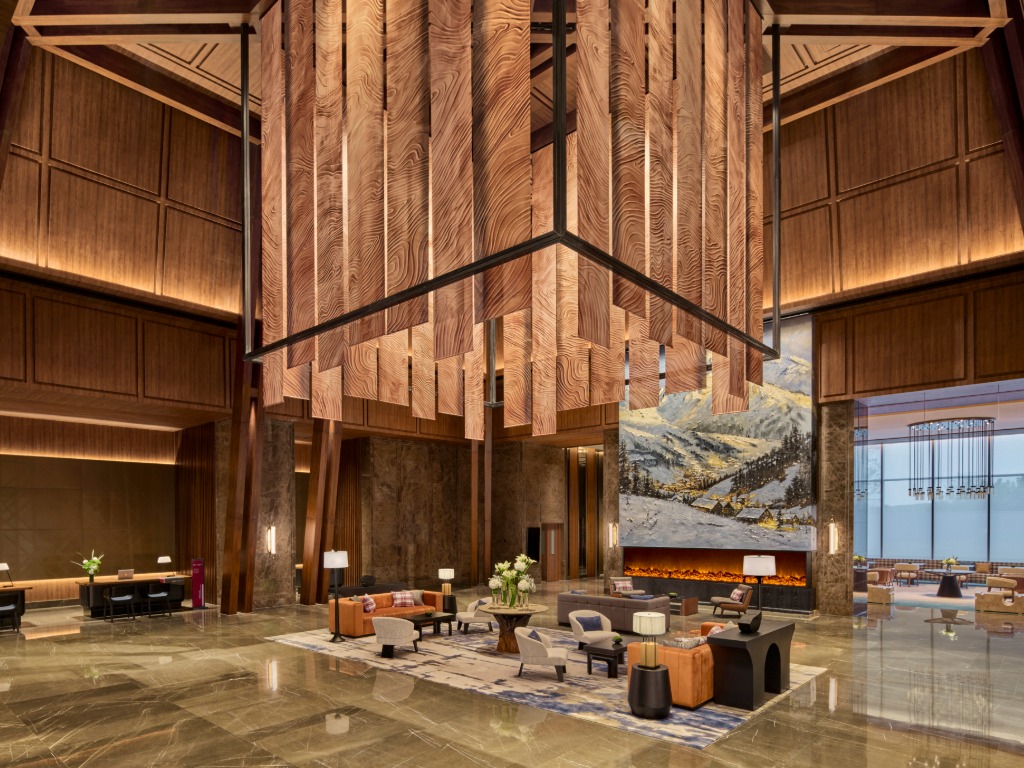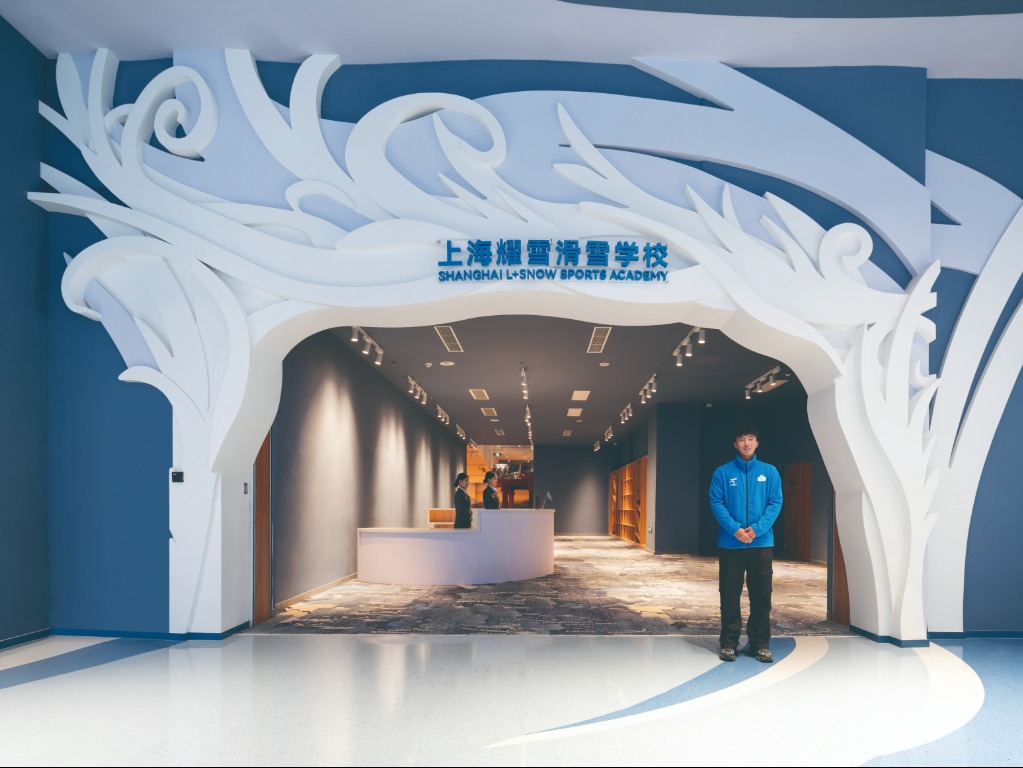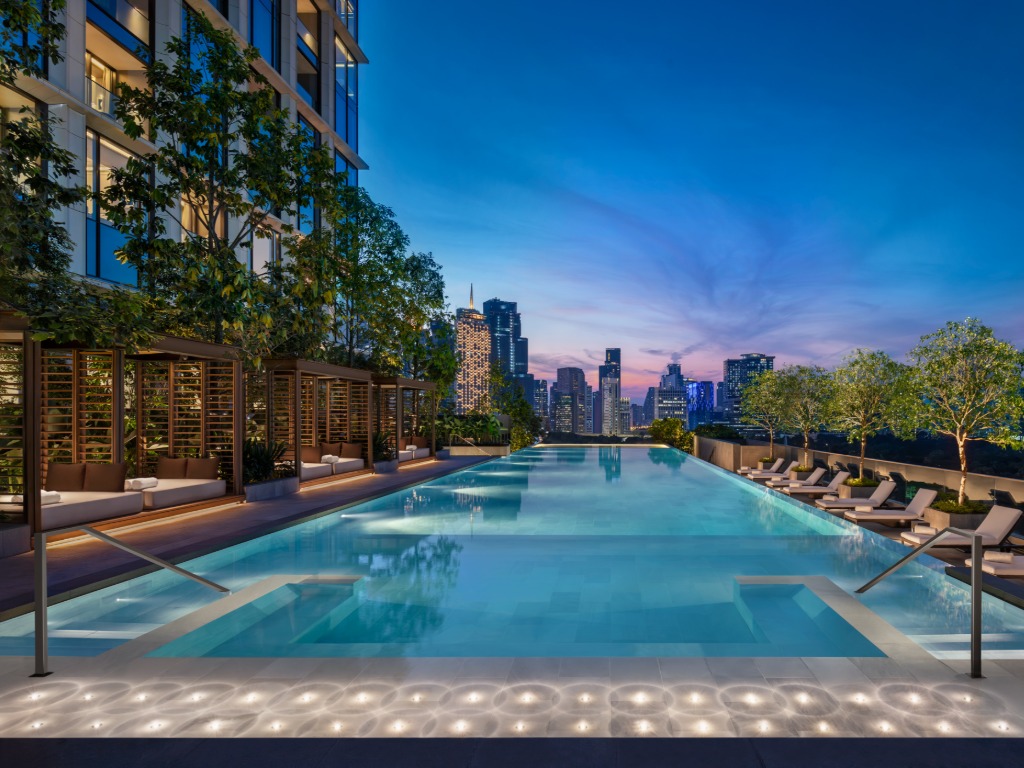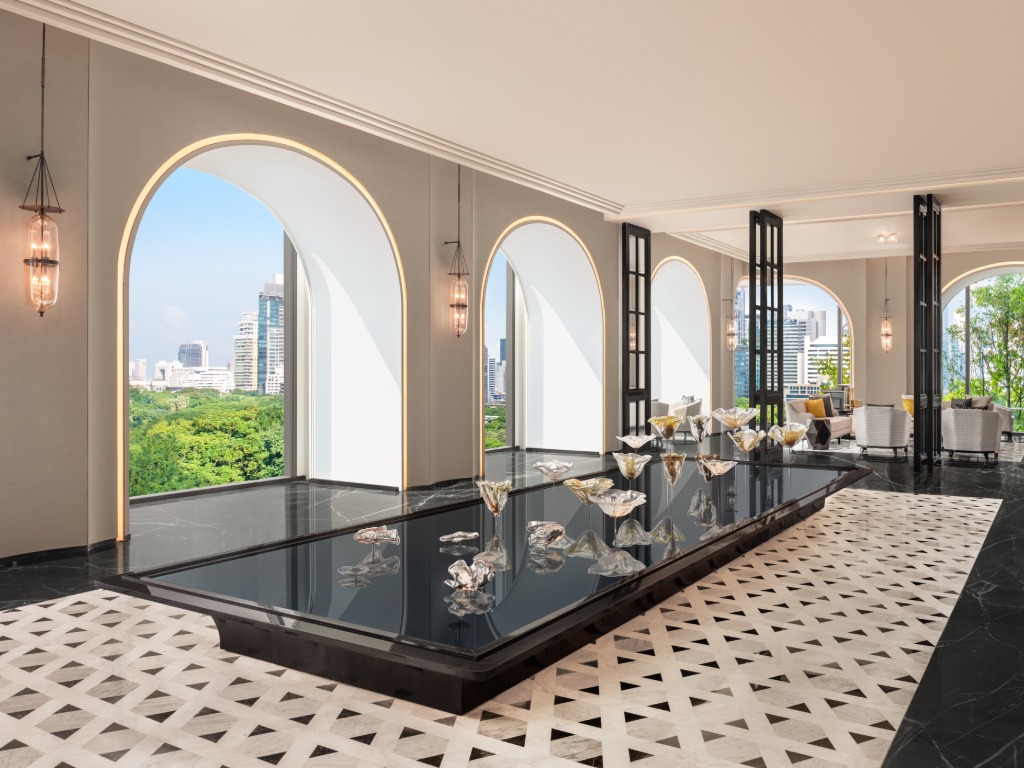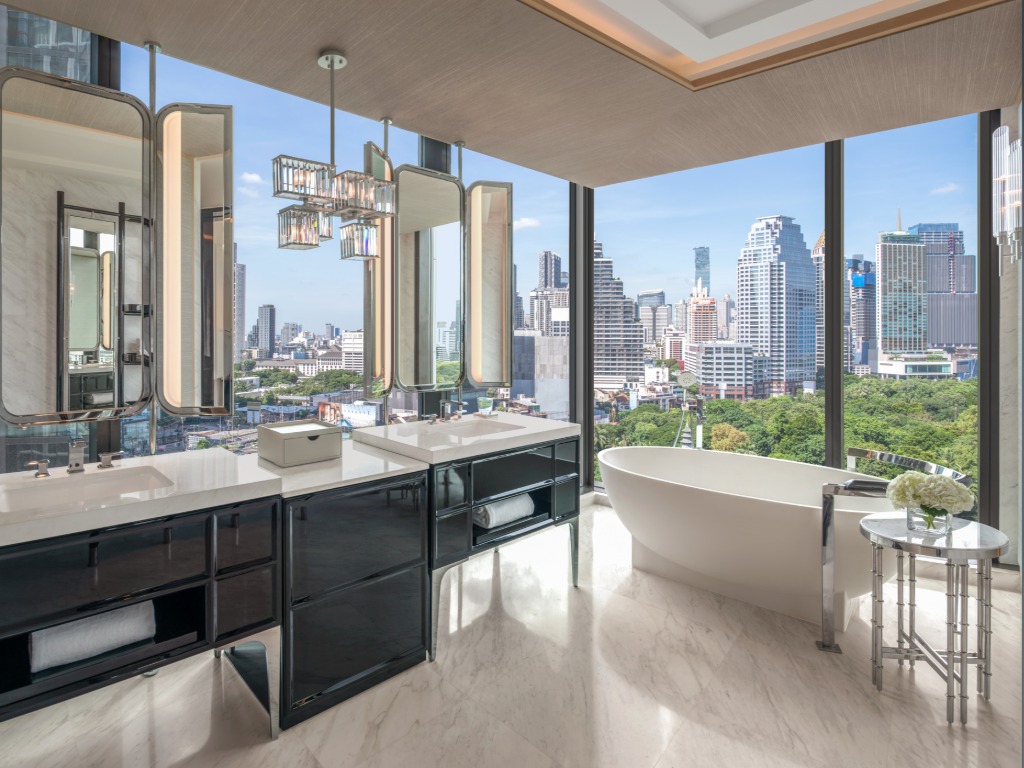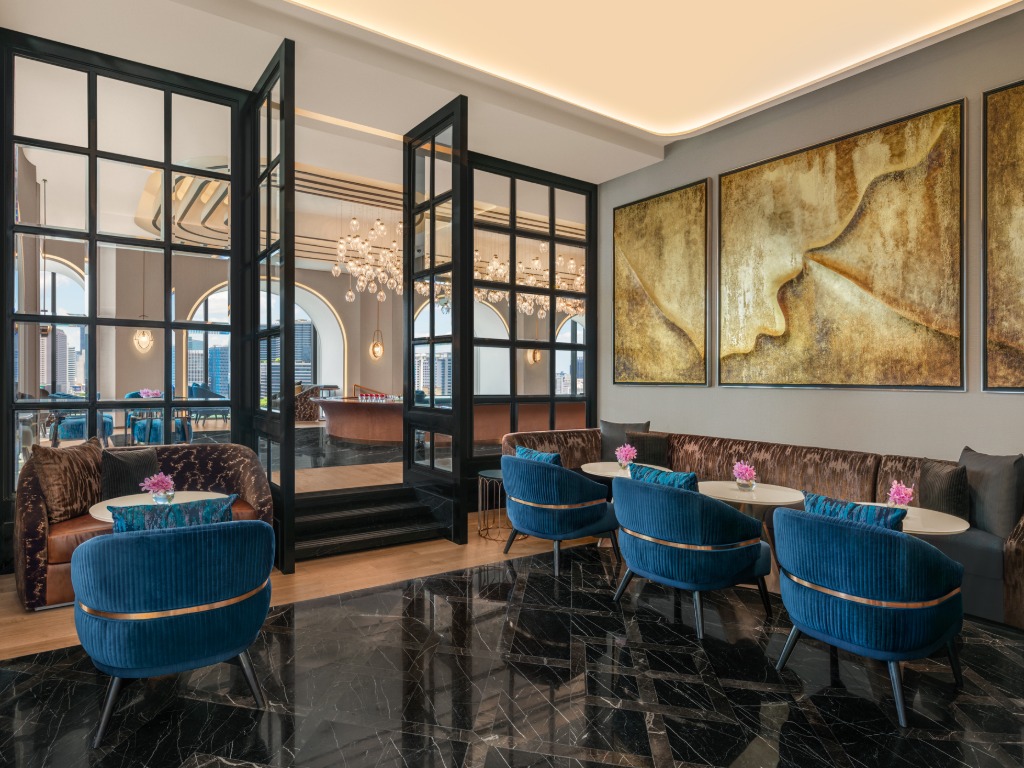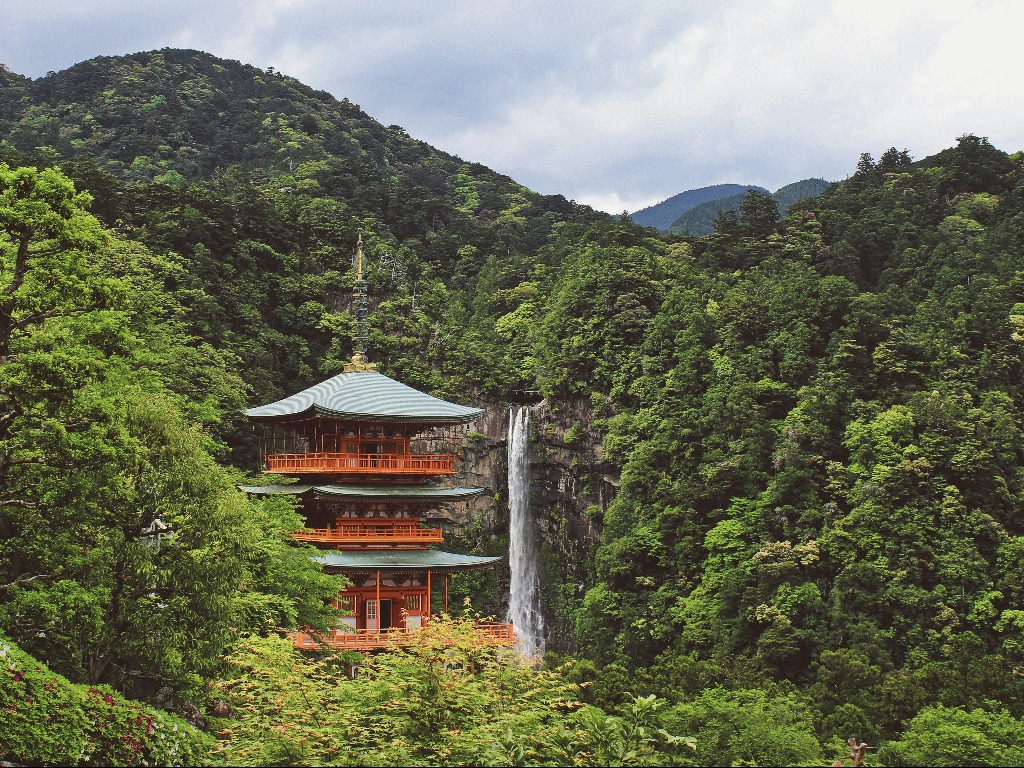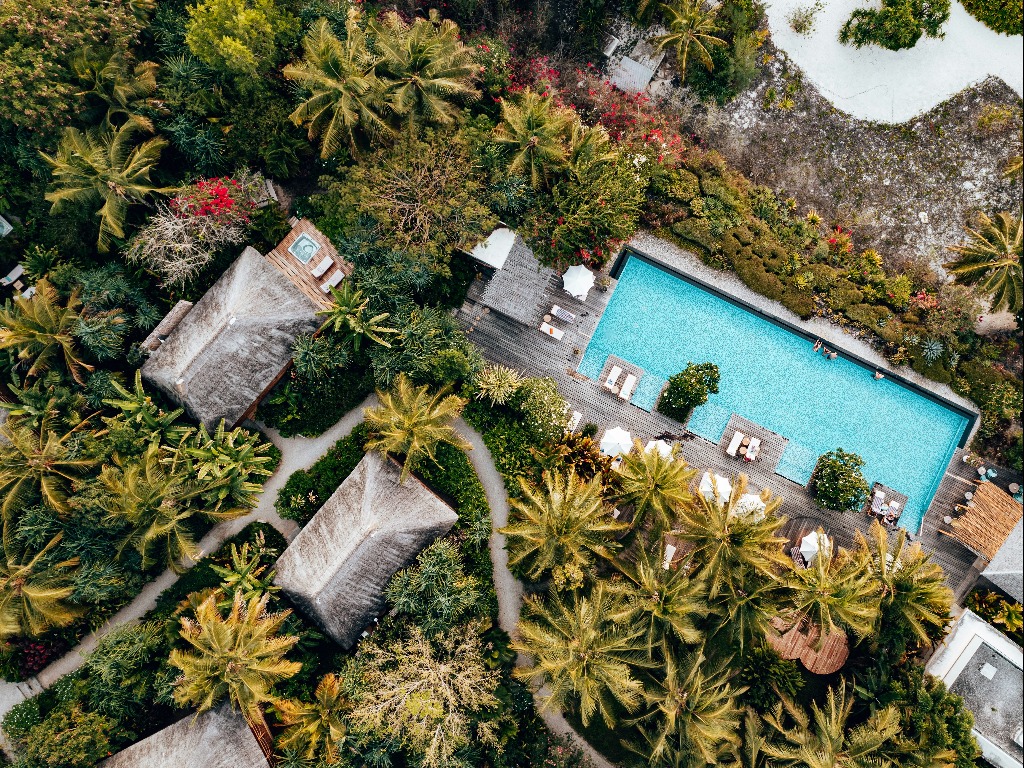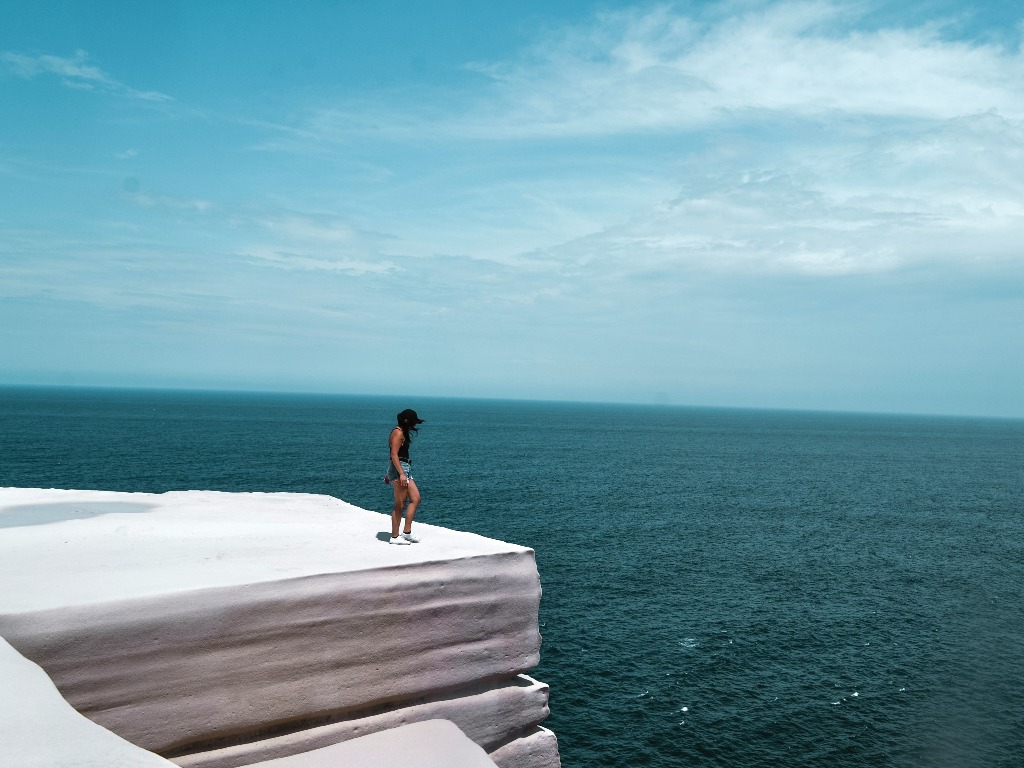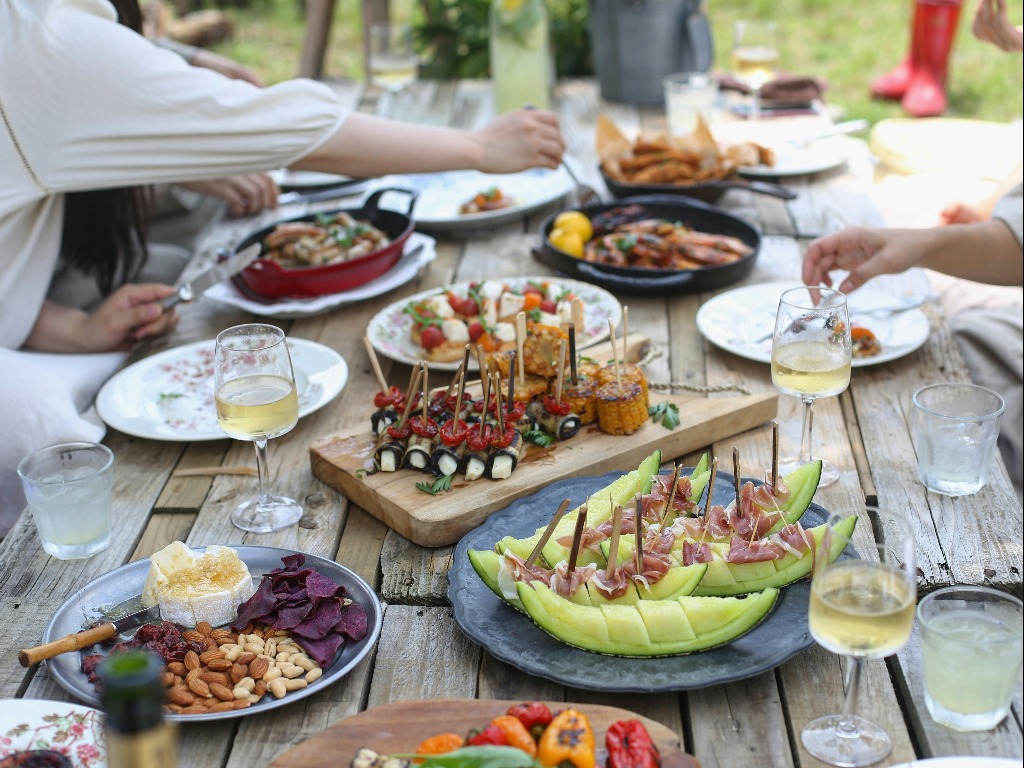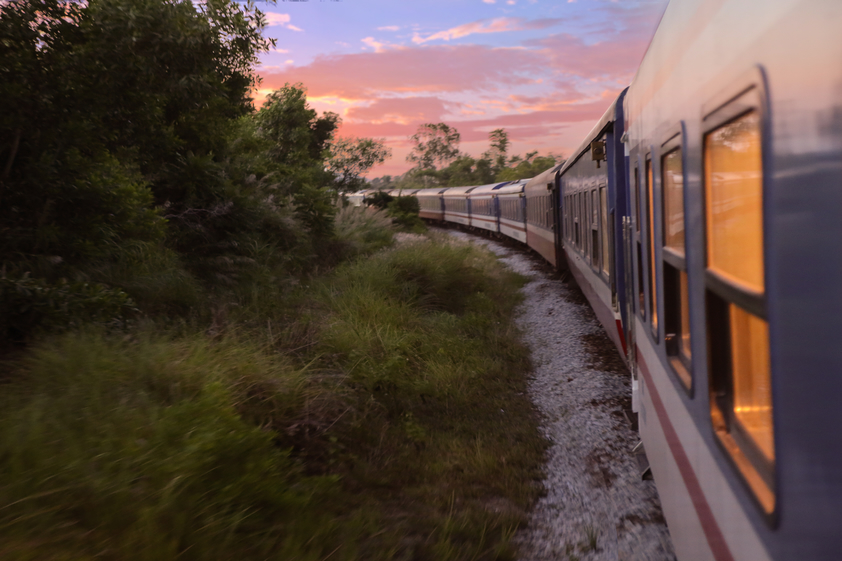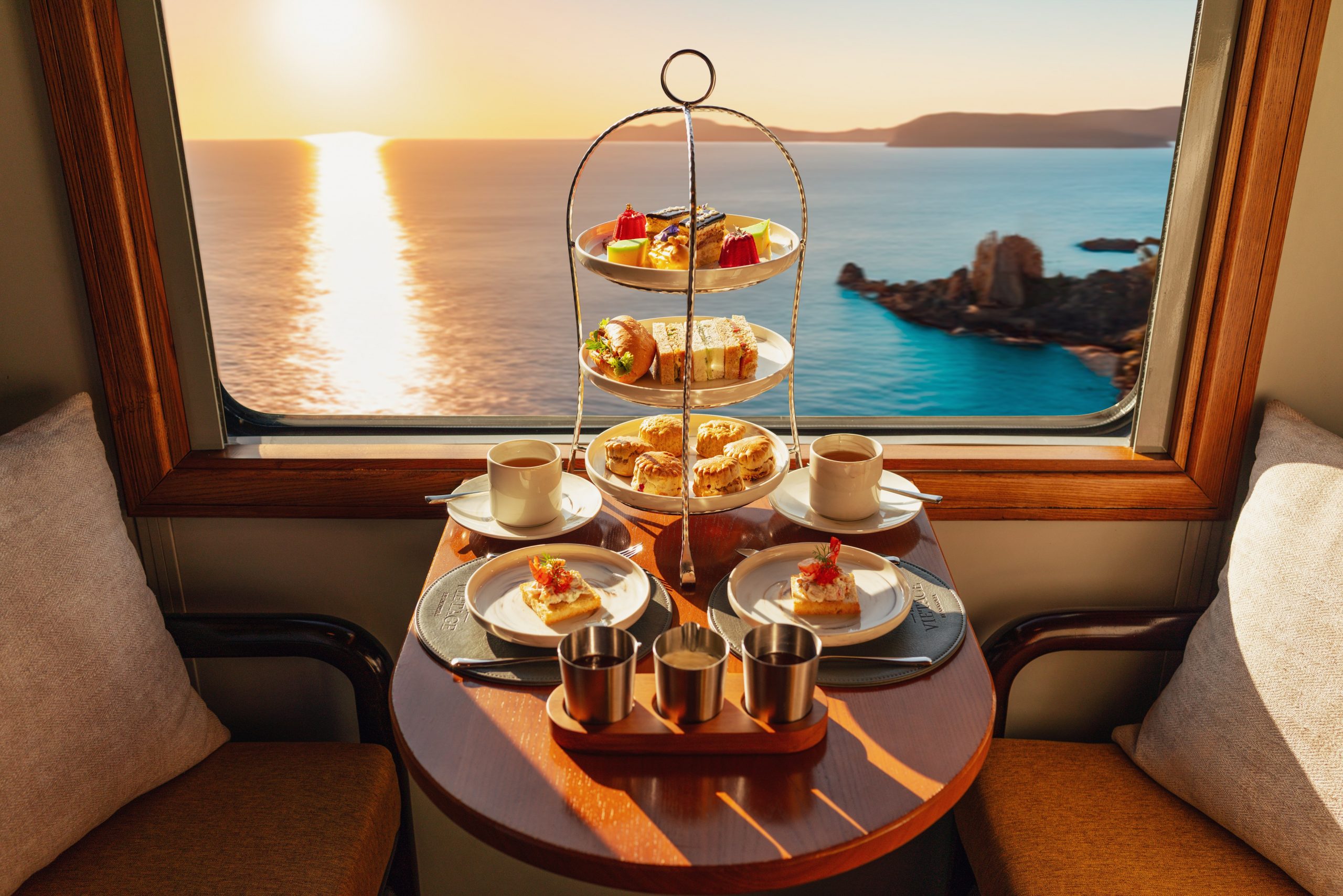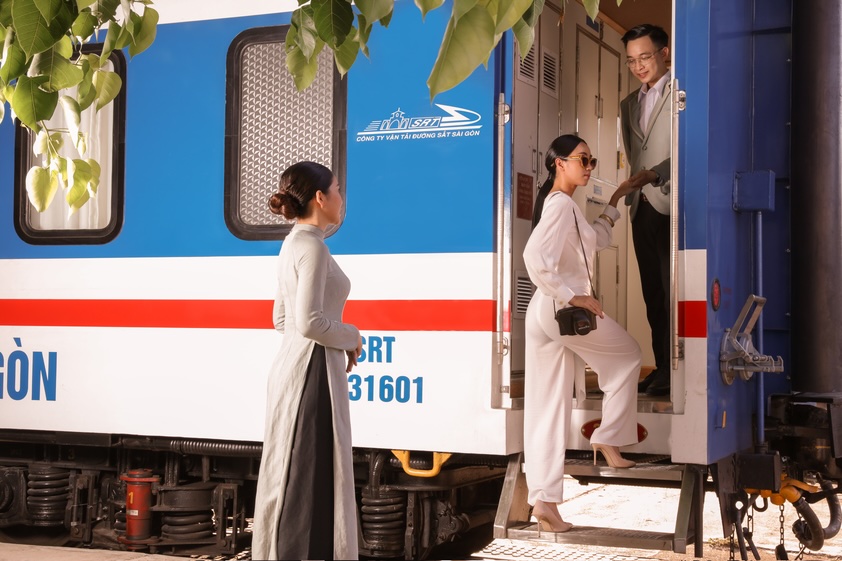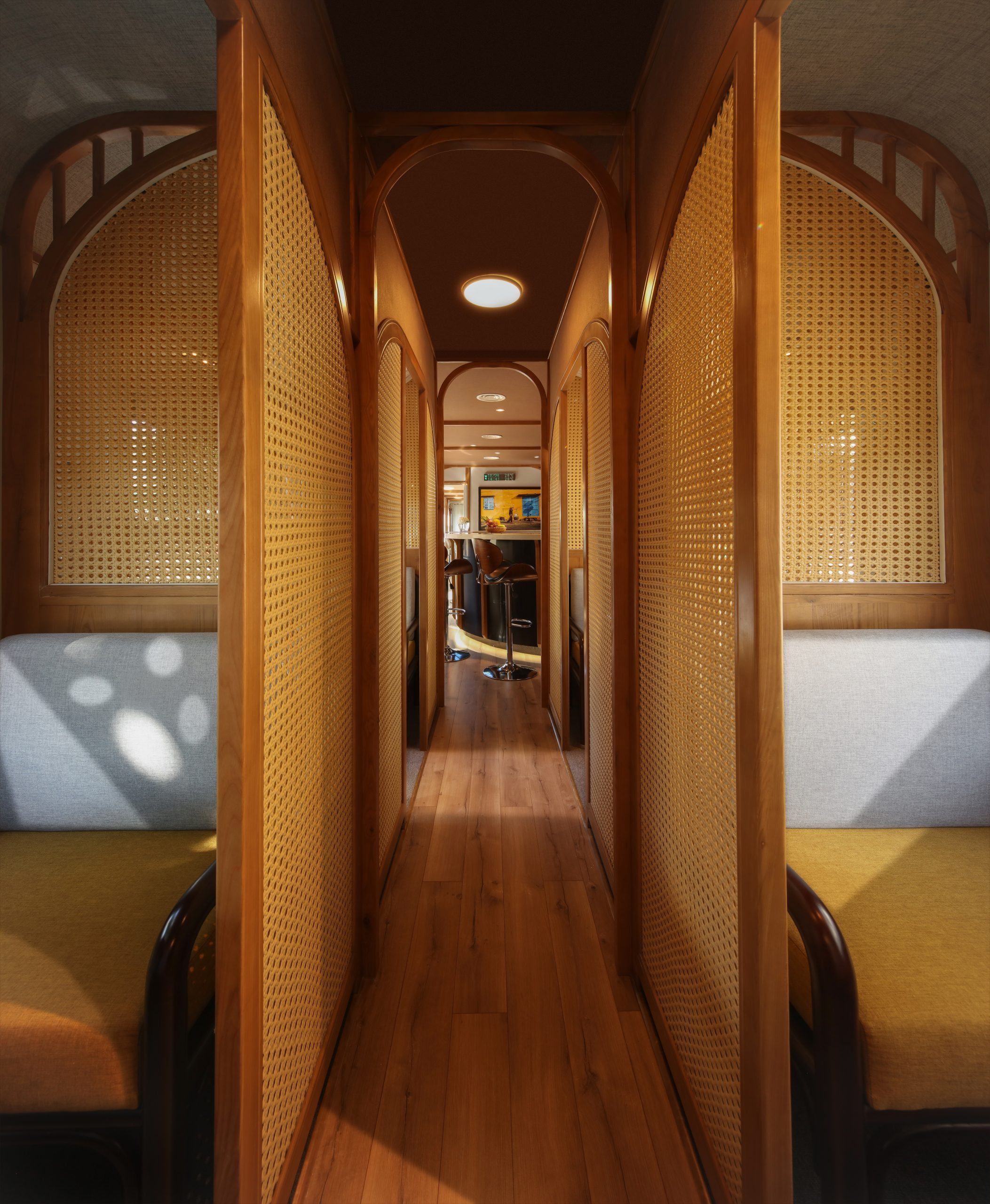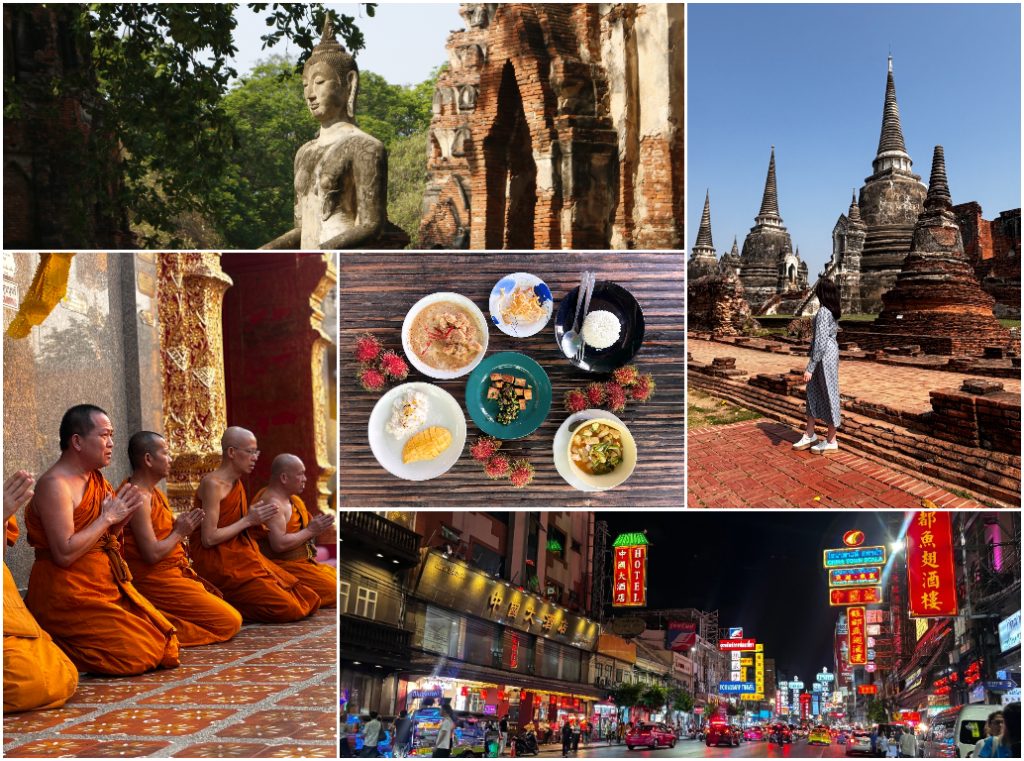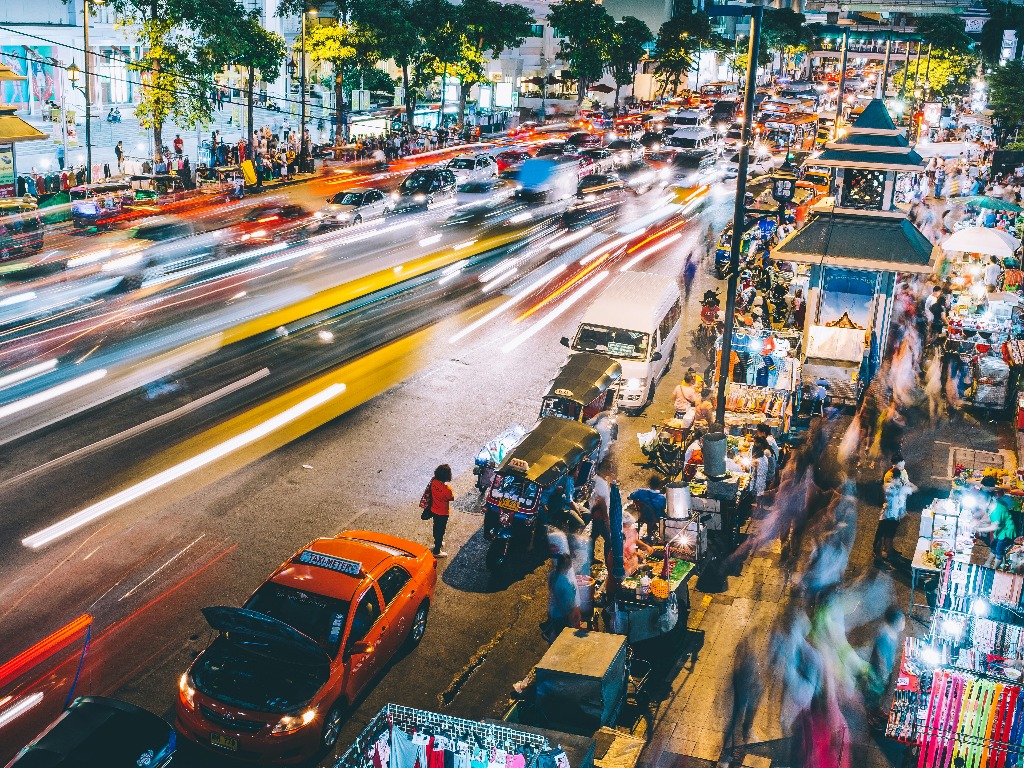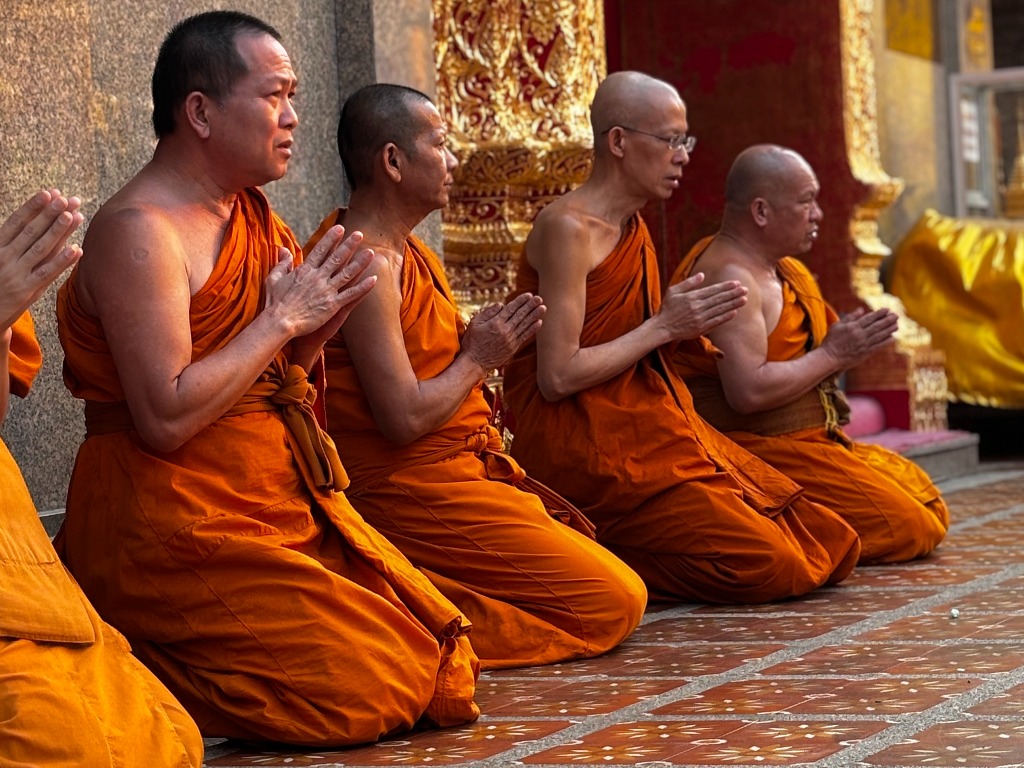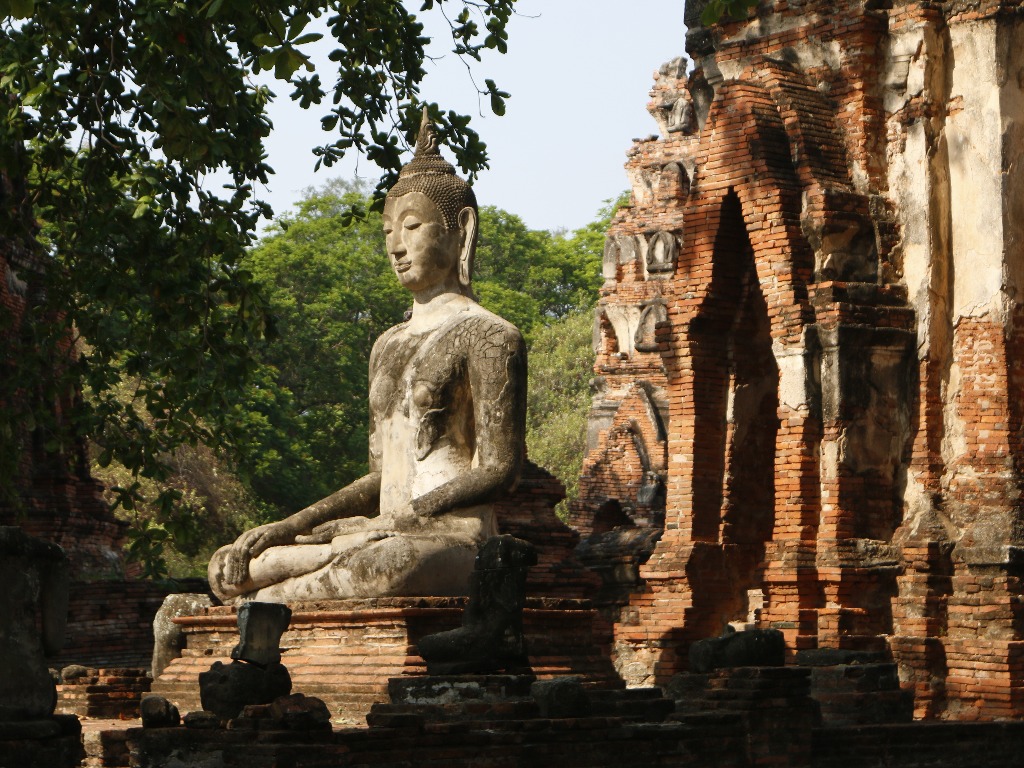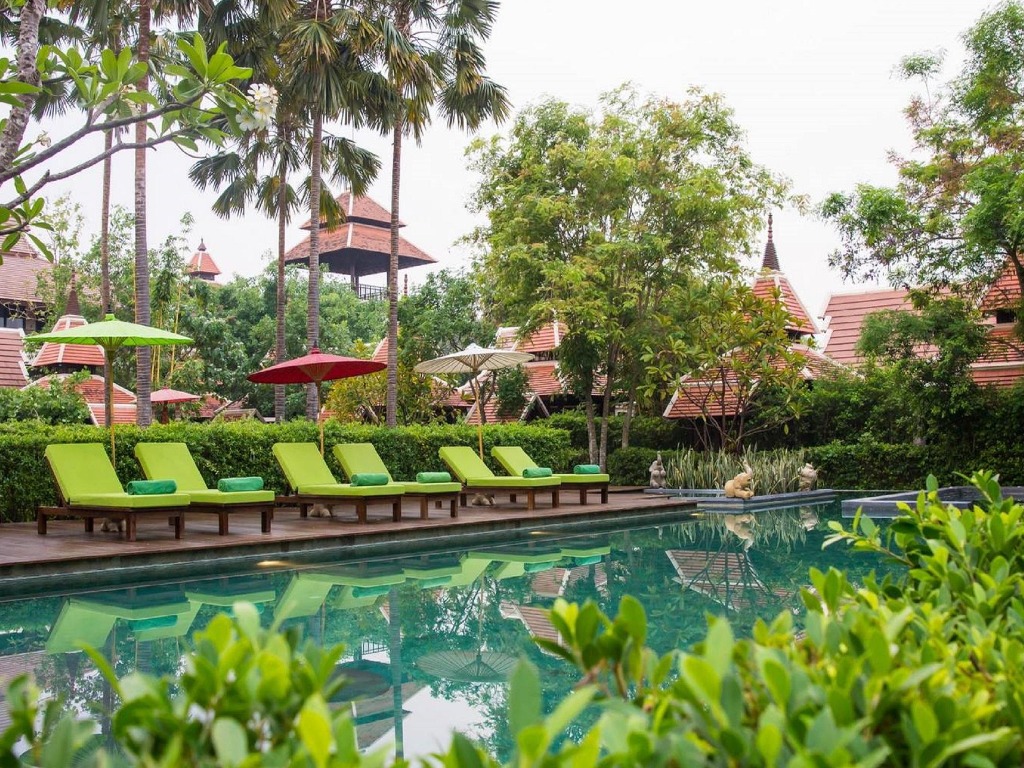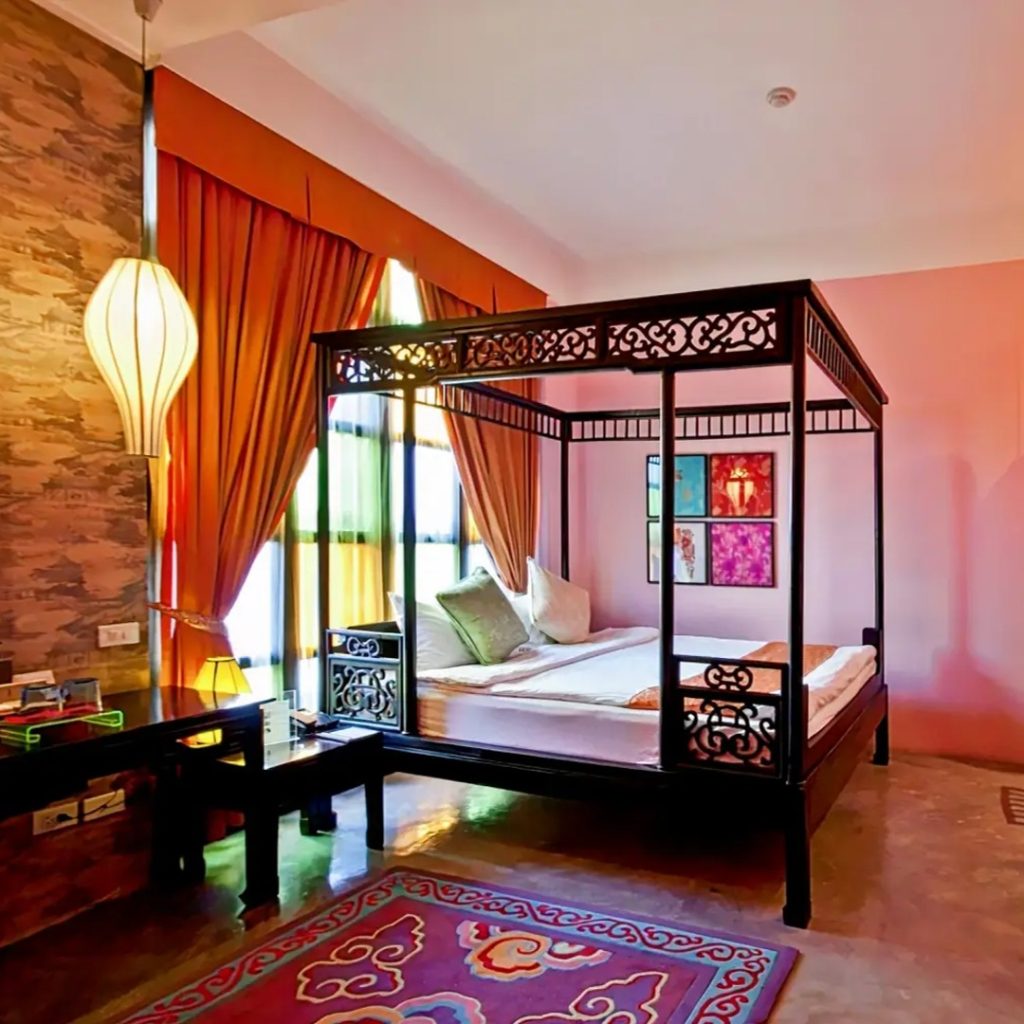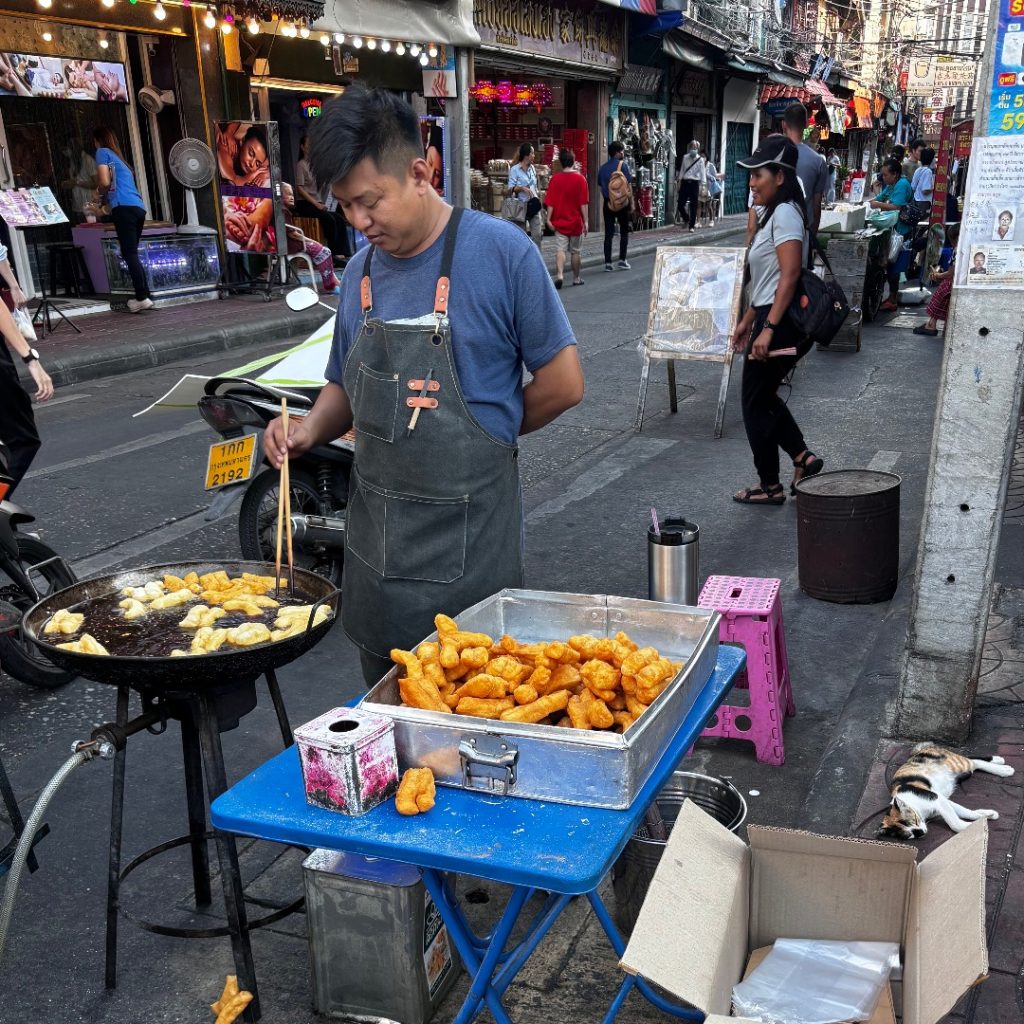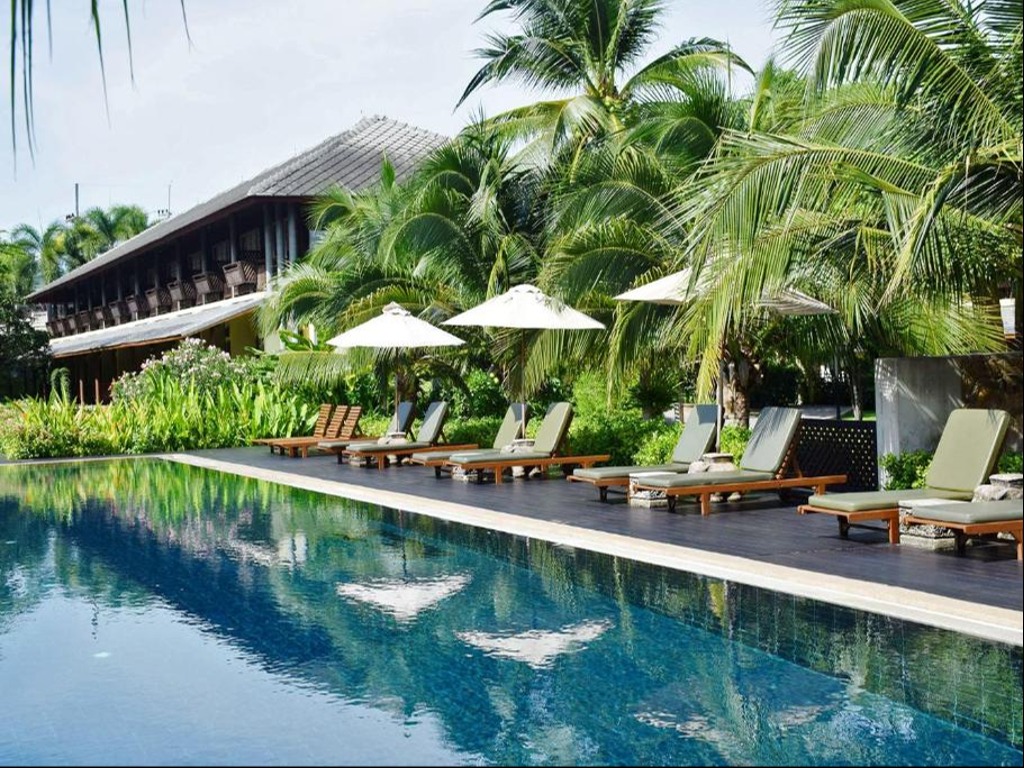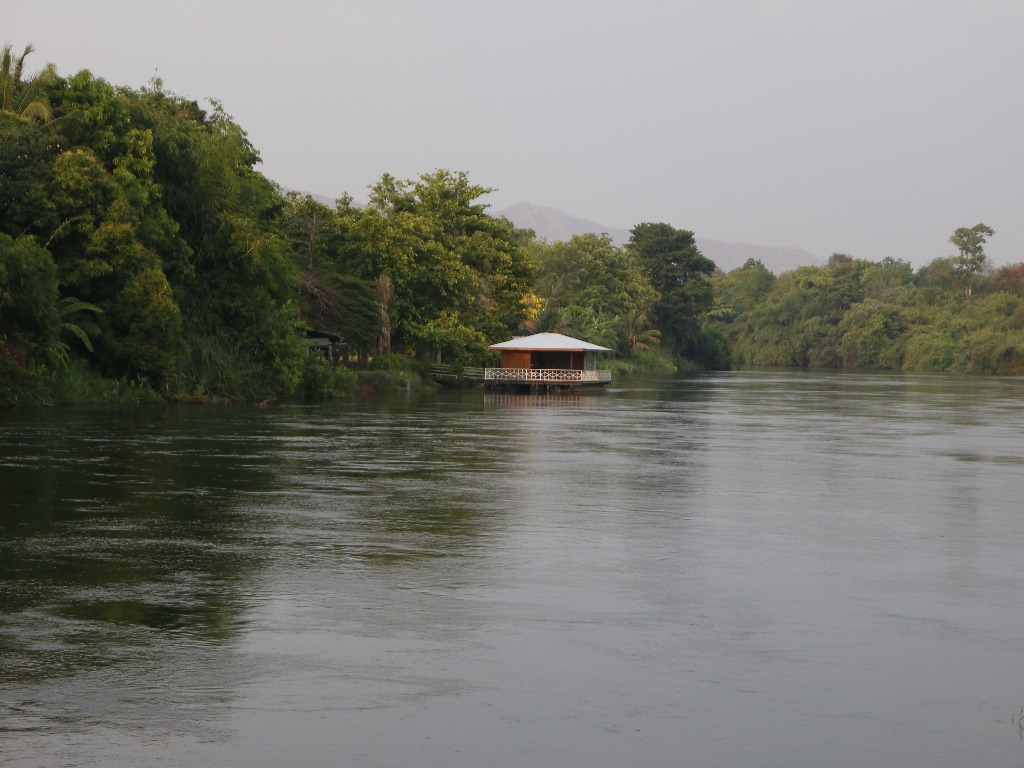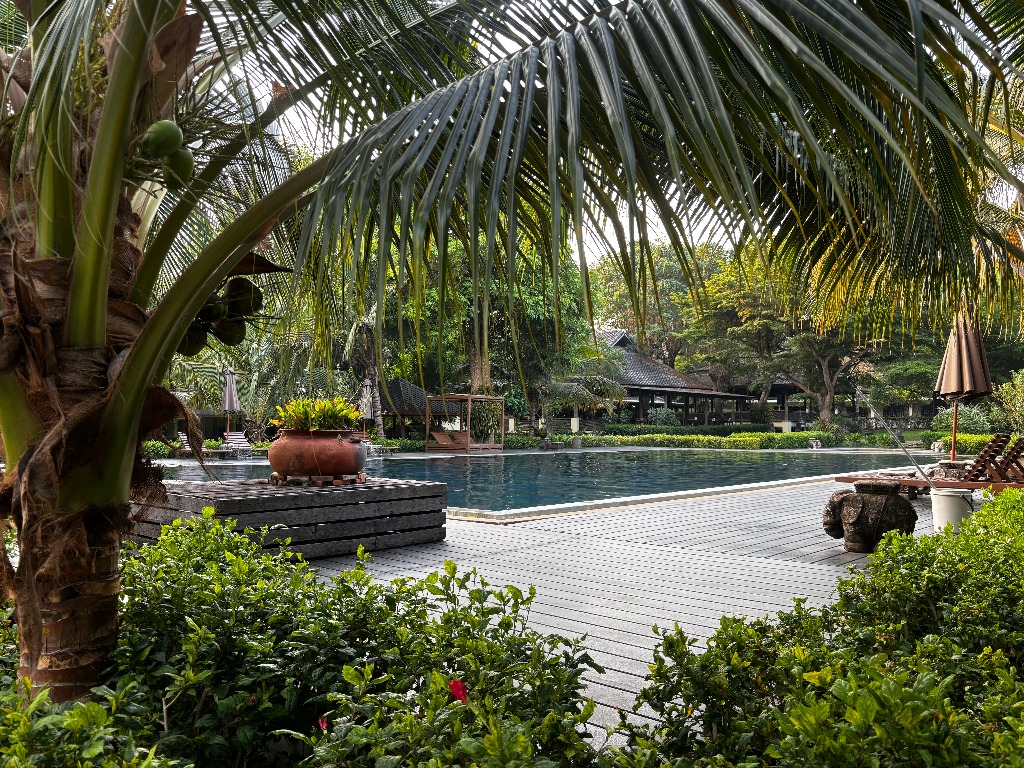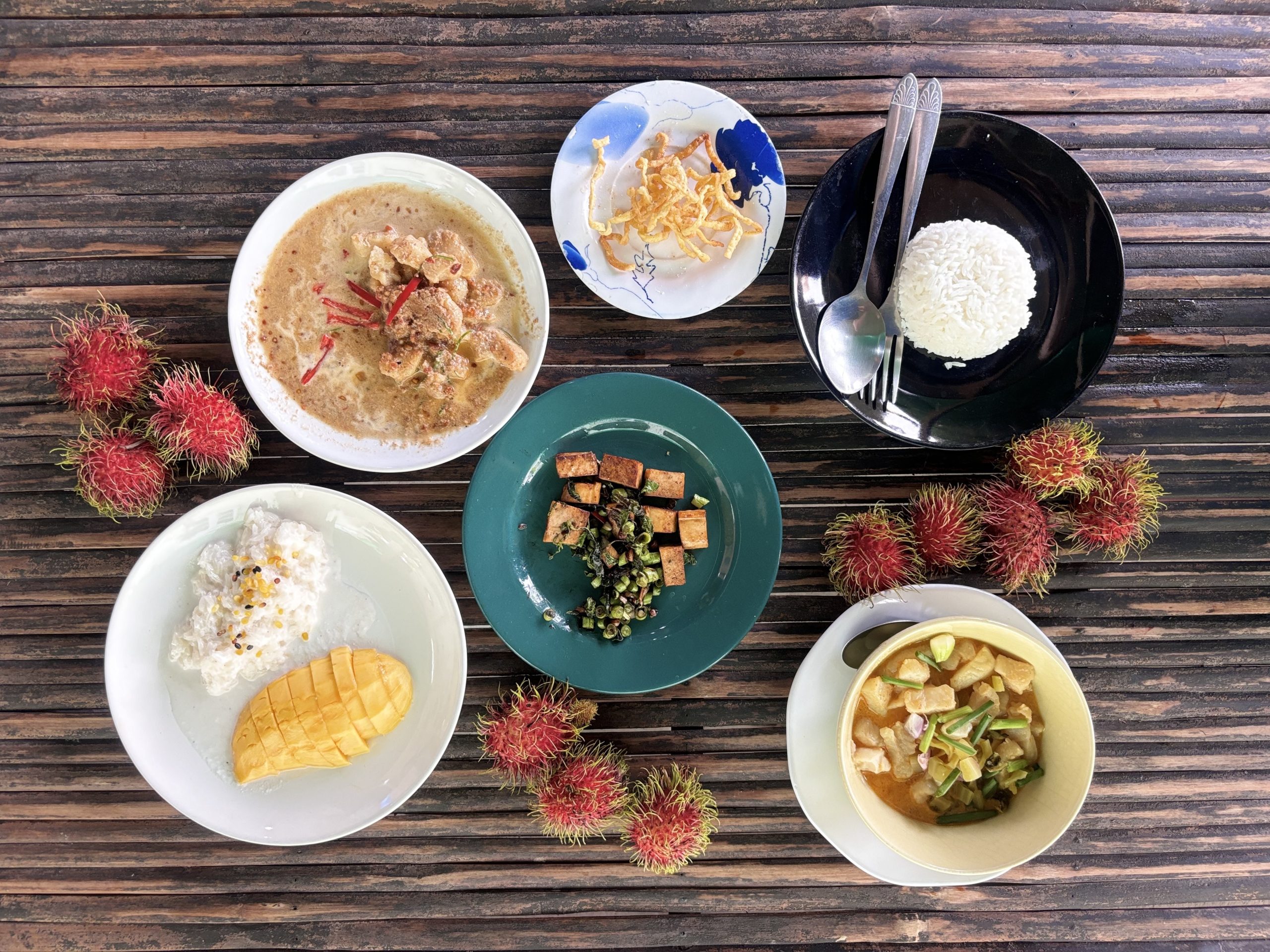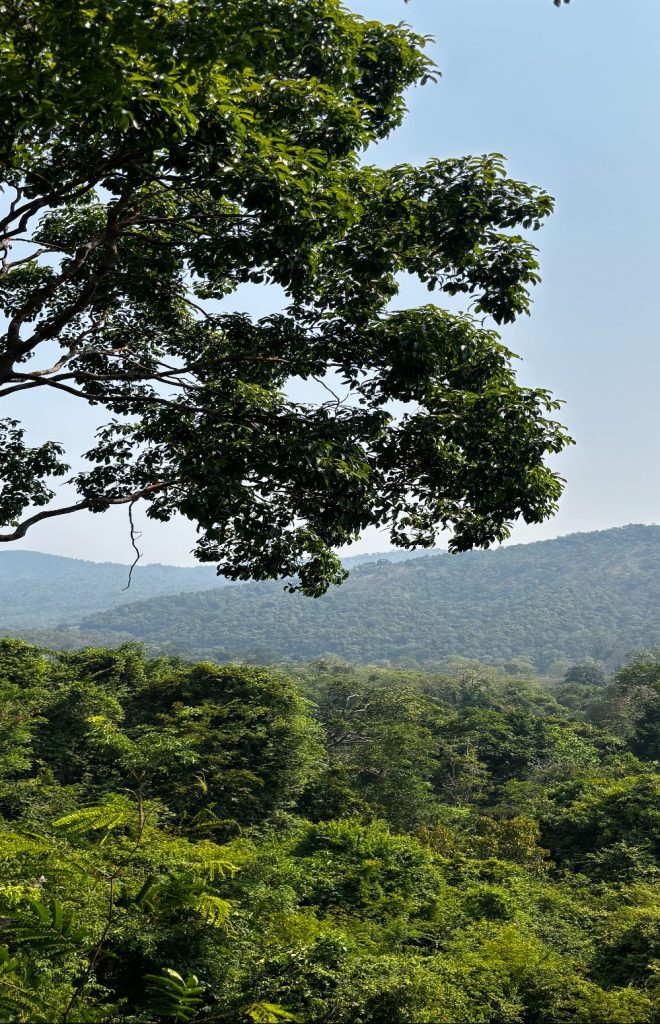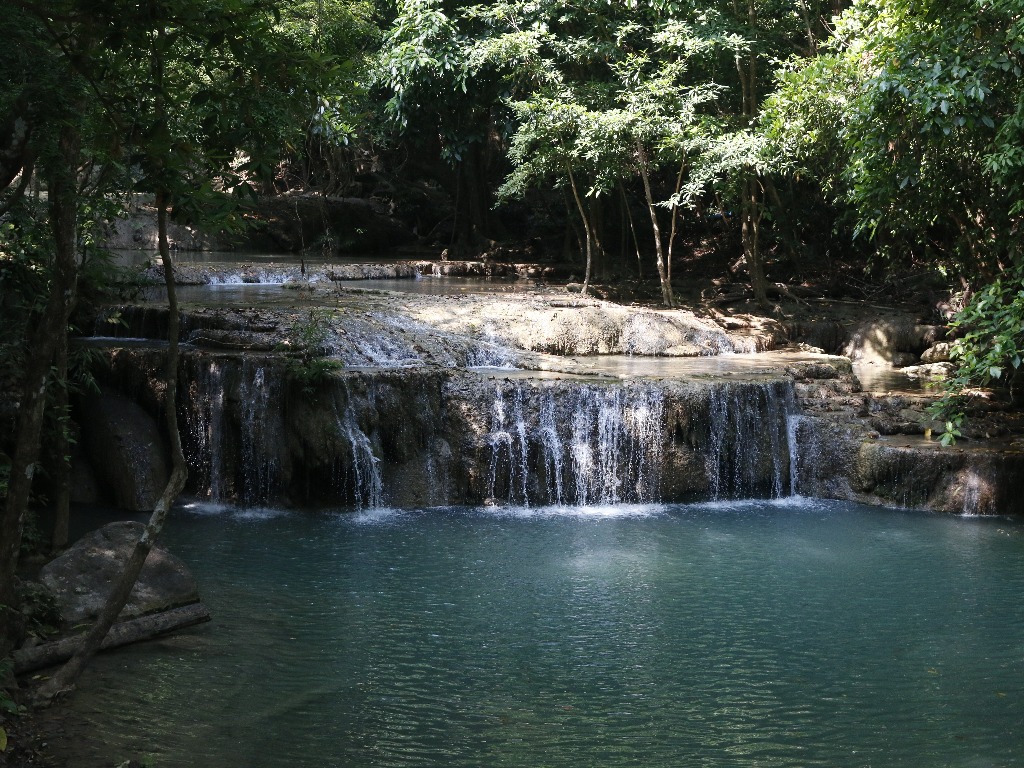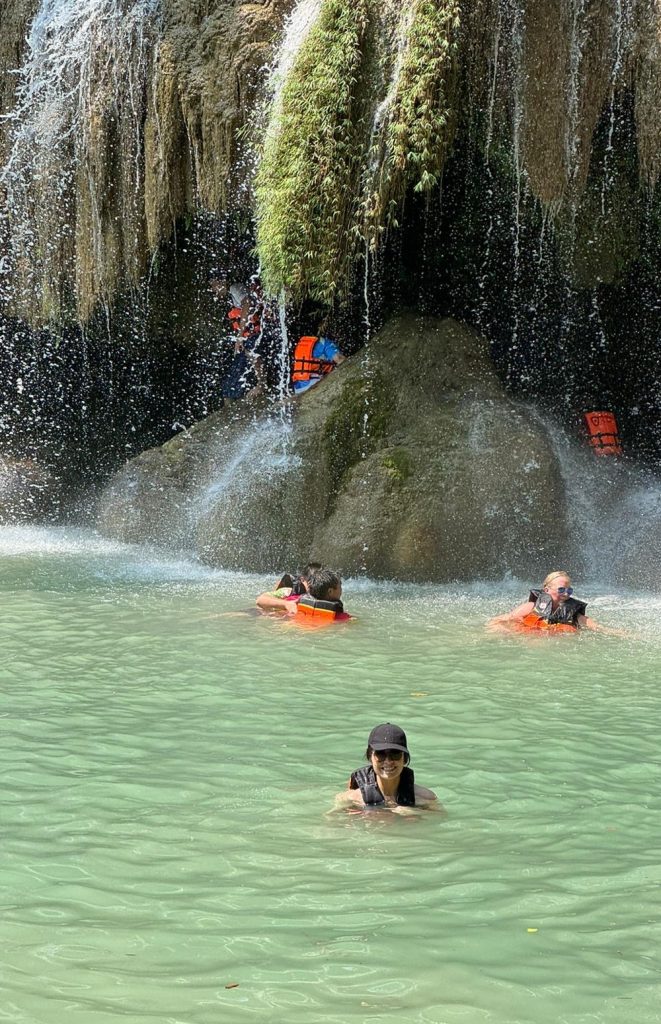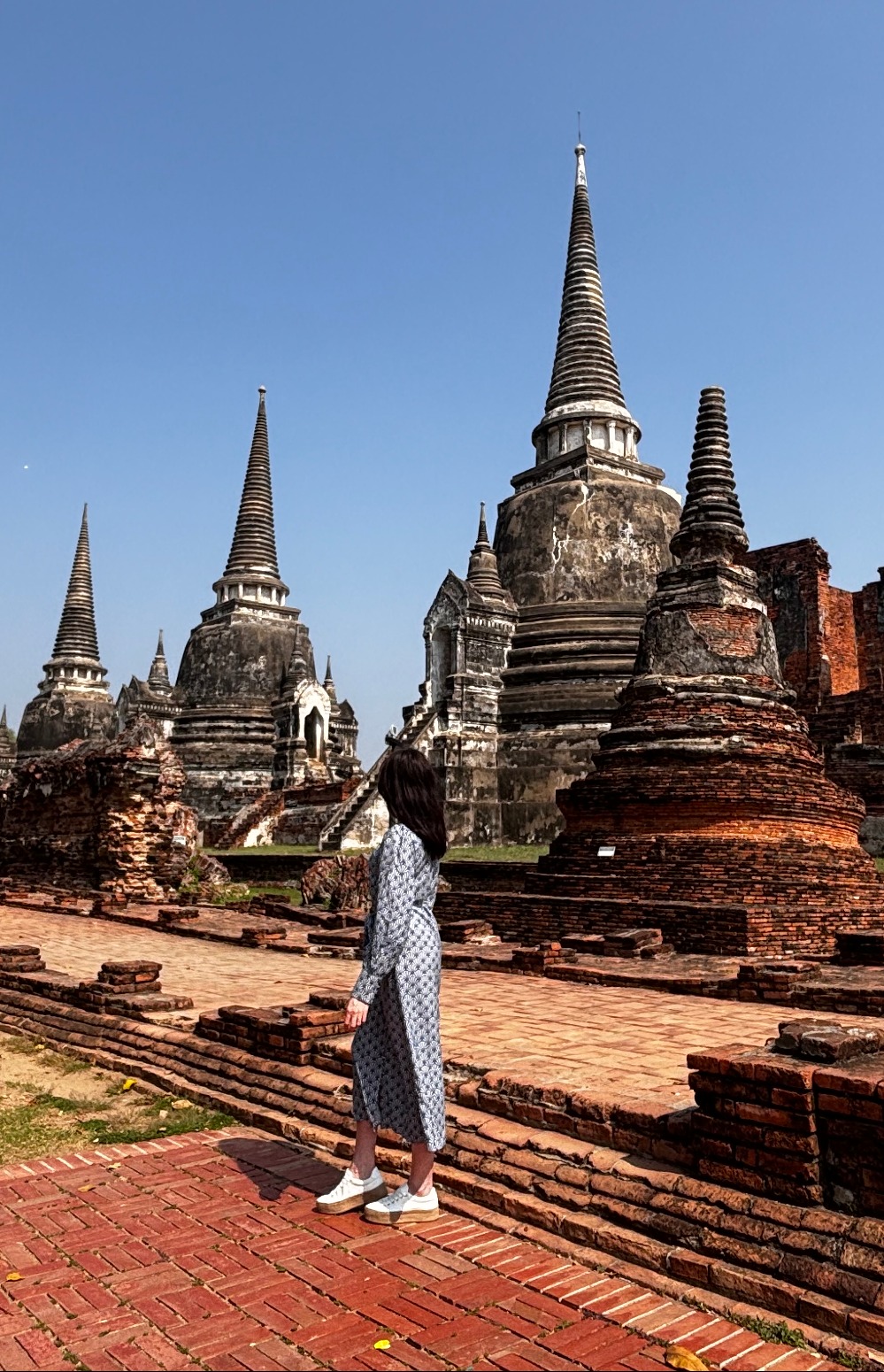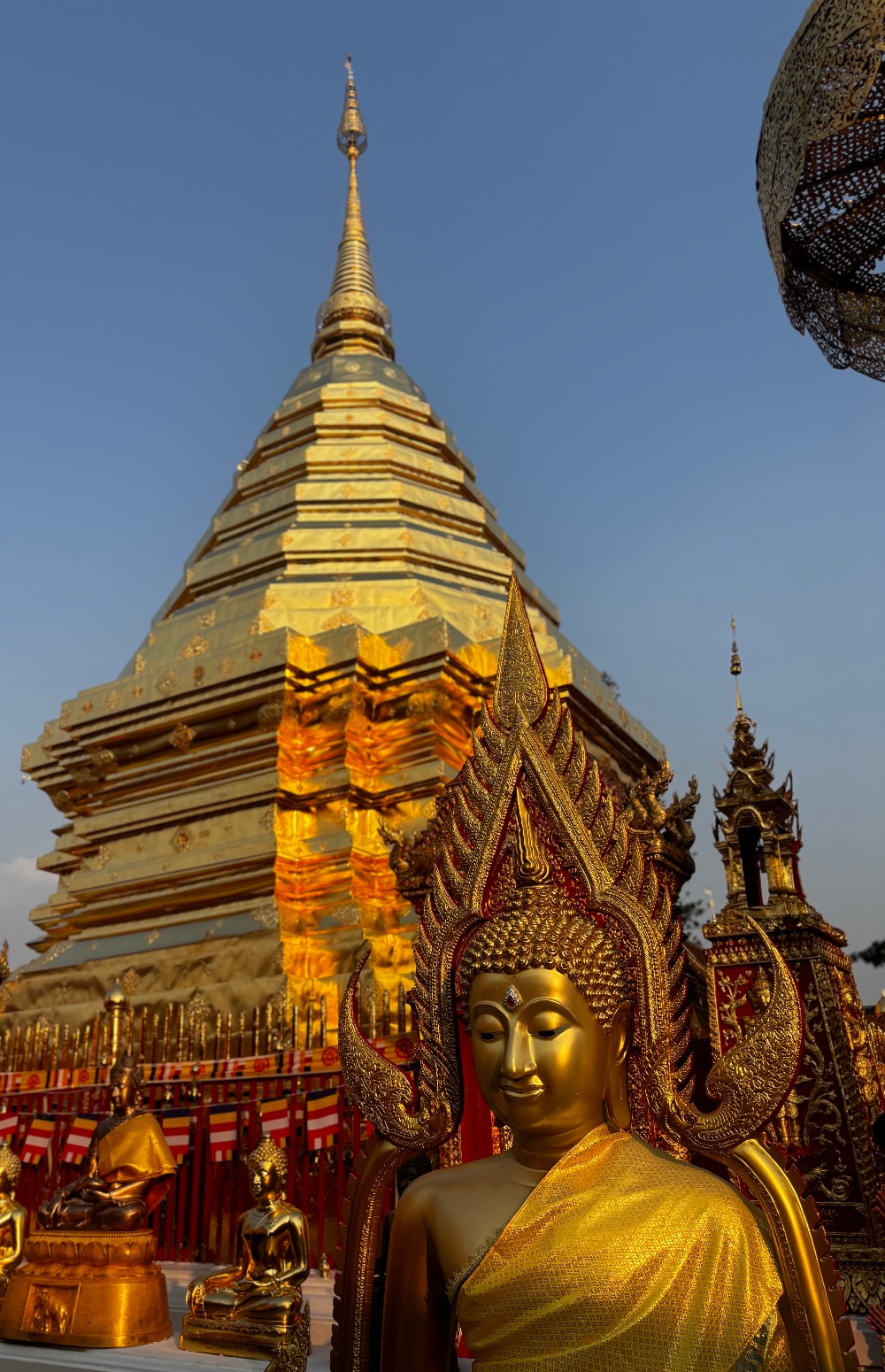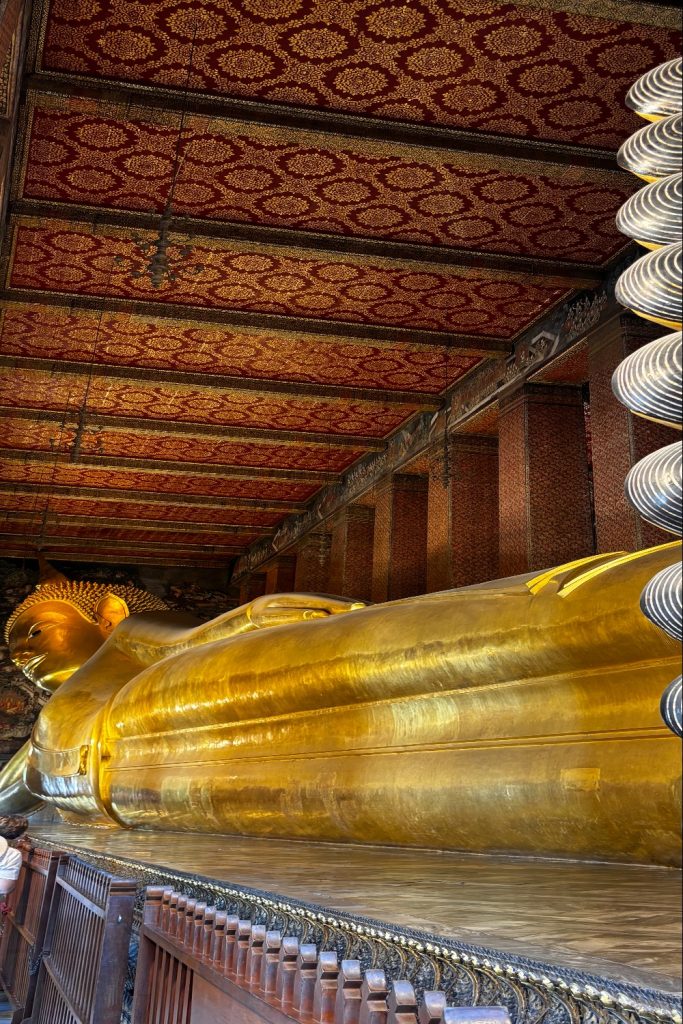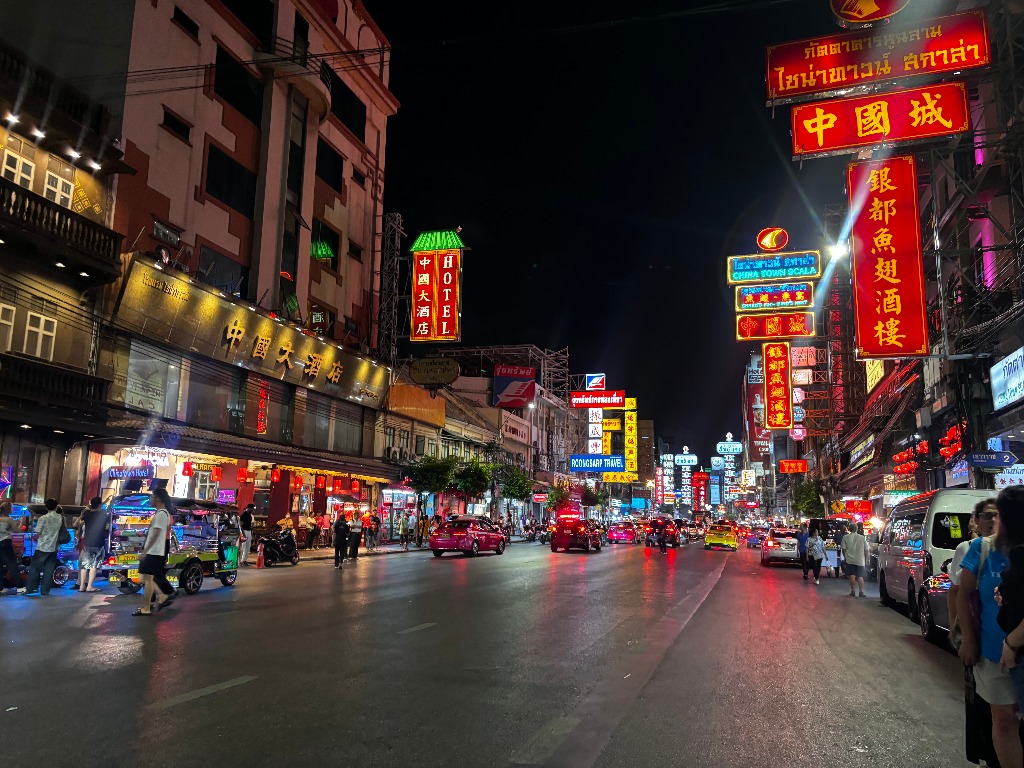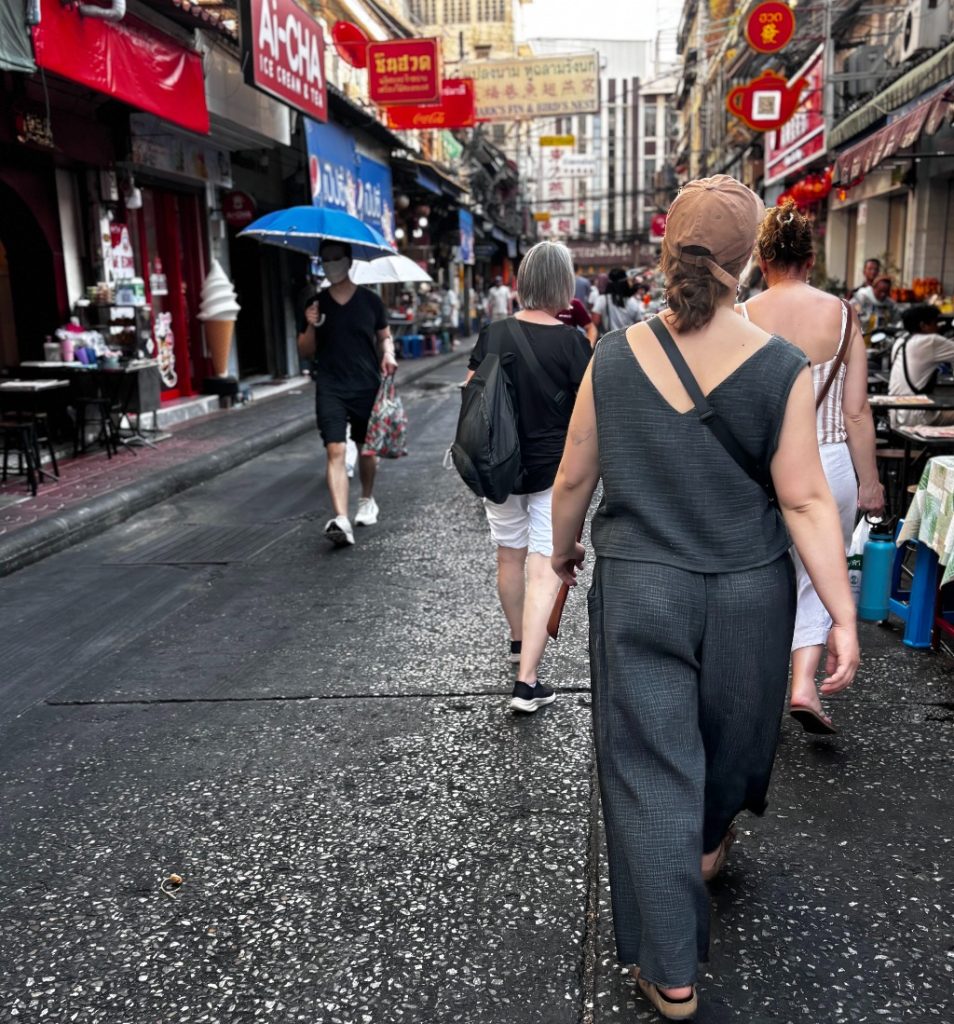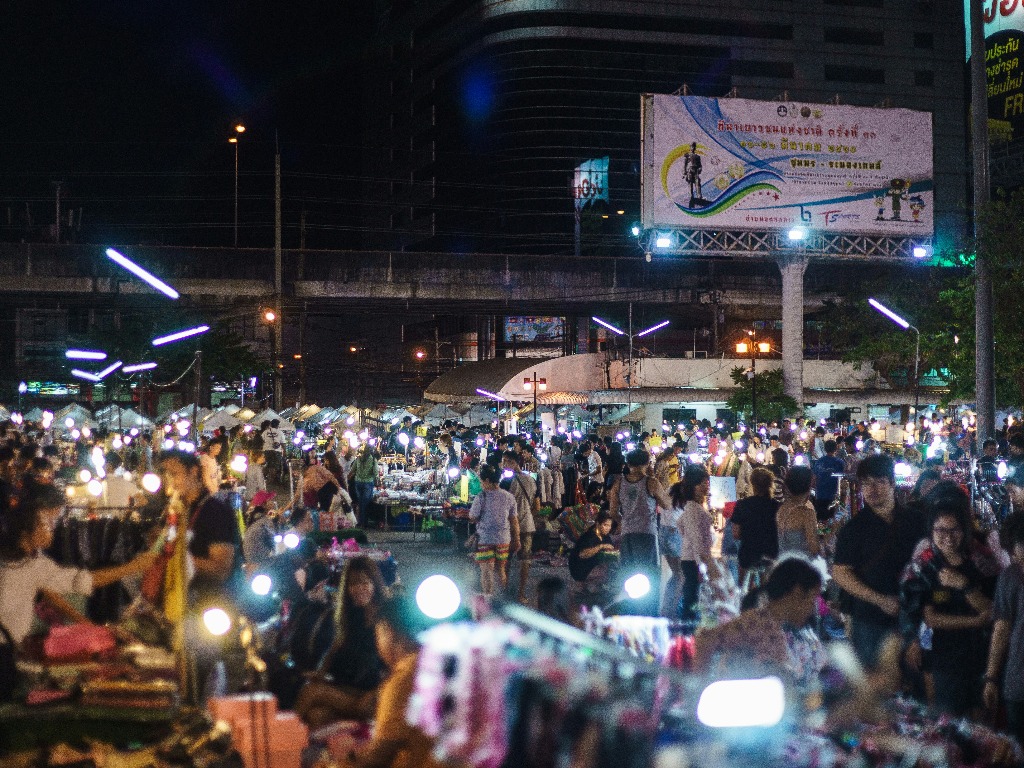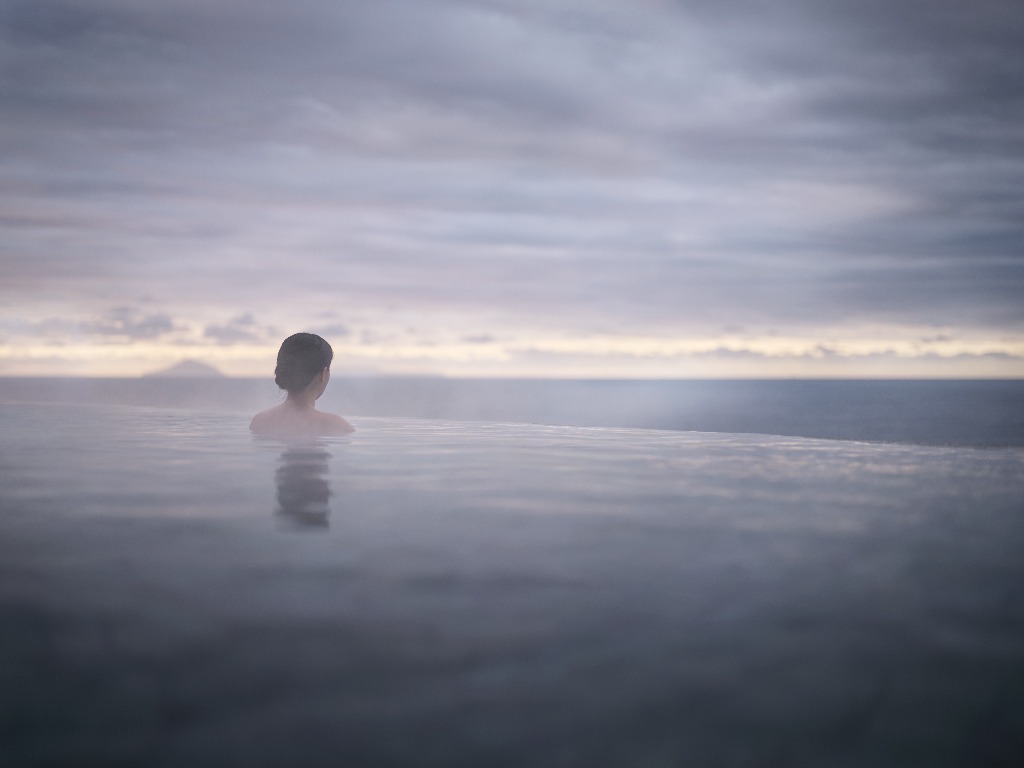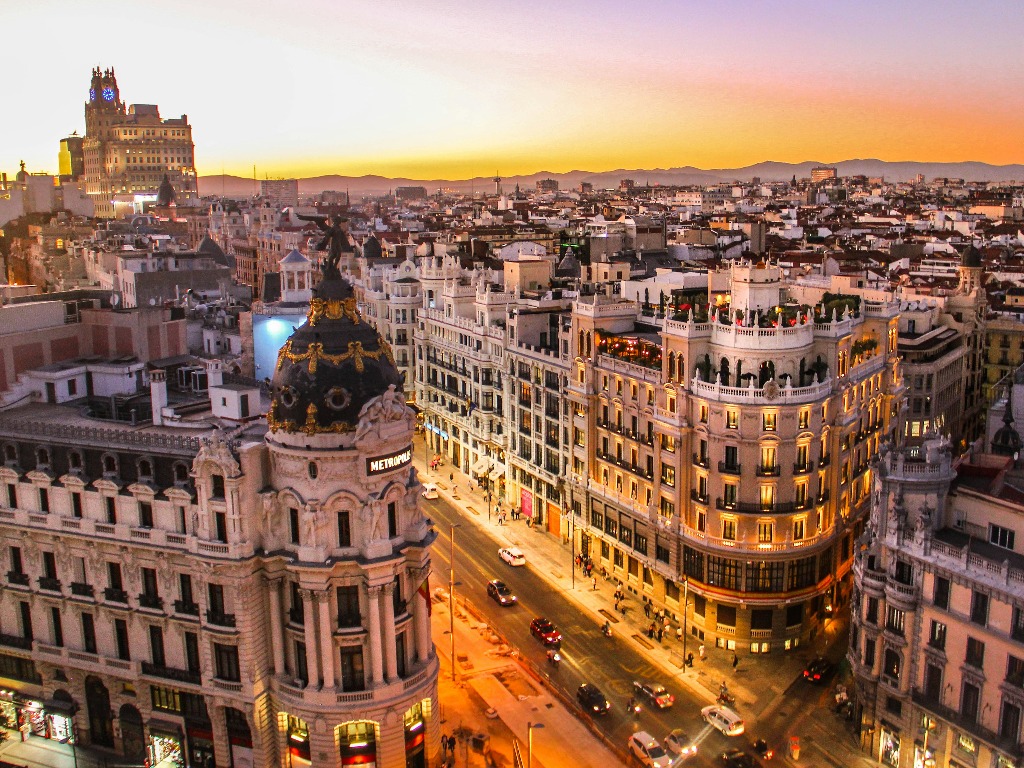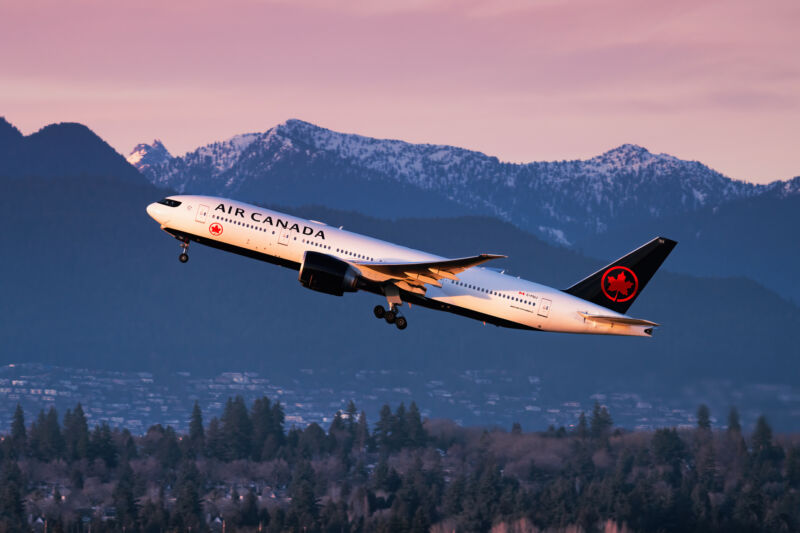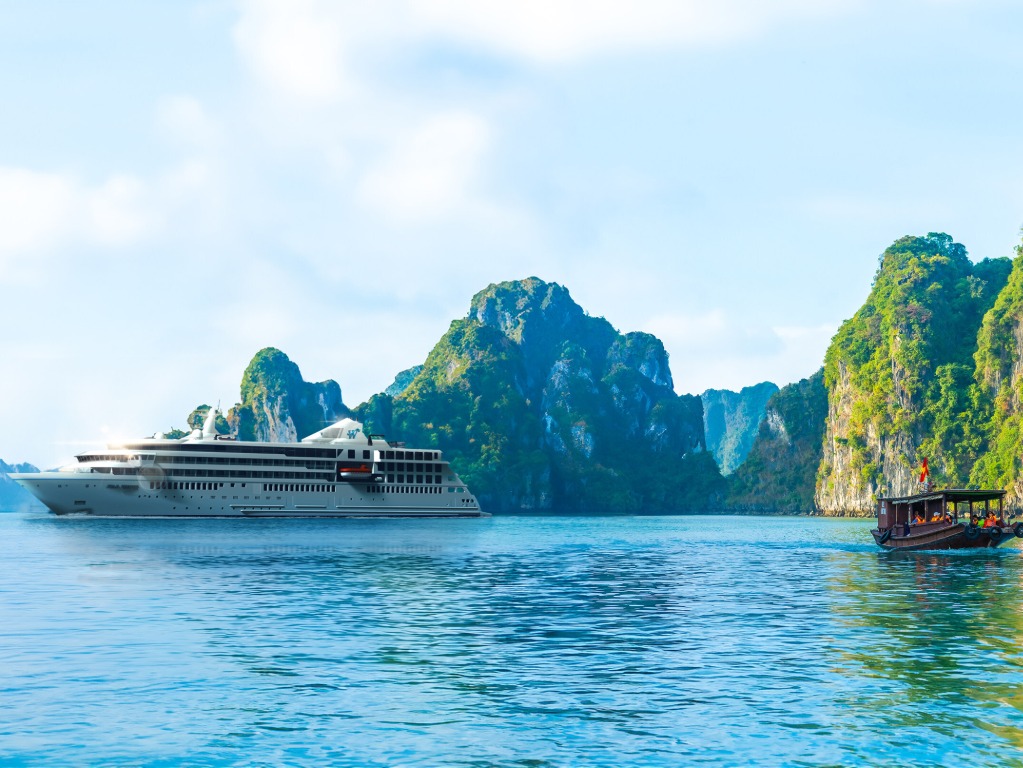
Windstar’s newest ship shows off Southeast Asia experiences for 2026
Windstar Cruises recently unveiled its 2026 Southeast Asia program for its newest yacht, Star Seeker, which debuts December 2025. The line is offering two core itineraries combinable in 17 different variations including inland pre- and post-Cruise Tour programs.
Star Seeker’s Southeast Asia program offers an in-depth exploration of the cultures, cuisine and history of Thailand and Vietnam, improving on the typical cruise experience in the region. Unlike most cruises that start and end in Singapore or Hong Kong, make stops at industrial ports far from key attractions, and spend just two or three days in each country, Windstar will take advantage of Star Seeker’s small size to offer a more immersive experience.
Itineraries begin in-country – in Hanoi, Bangkok, and Phuket – allowing guests to maximize their time on land before and after sailing, with options for pre- and post-cruise tours to inland destinations such as Angkor Wat. The small size of Star Seeker enables exclusive access to ports and docking locations that larger ships cannot reach, including sailing up rivers to dock in the heart of Ho Chi Minh City and Bangkok, stopping at Ko Kood for the Windstar Signature Beach Party—a port visited by only select small ships—and traveling to Krabi and Ko Yao Noi.
About the Southeast Asia program
The Southeast Asia program features two core cruise-only voyages:
- 10-day Vietnam, Cambodia, & Thailand – Vietnam country intensive cruise stopping at three to four Vietnam ports including overnights in Ho Chi Minh city and Hanoi (Halong Bay), with an additional visit to Cambodia, where guests can book a three-day/two-night shore excursion to Angkor Wat.
- 11-day Thailand, Singapore, & Malaysia – Thailand country intensive cruise stopping at six Thai ports including small destinations like Krabi and Ko Yao Noi, plus an overnight in Singapore, a highlight of the sailing.
The Southeast Asia itineraries can be enhanced by adding culturally rich Cruise Tours which extend the journey before or after the cruise:
- Hanoi – three-night trip for cruises embarking and disembarking in Ha Long Bay, allowing guests to immerse themselves in the local life of Hanoi with street food tours in the old quarter featuring traditional Vietnamese phin drip and Vietnamese coffee; morning tai chi lessons like the locals do; history tours of the Hanoi Hilton Prison and Ho Chi Minh Mausoleum; culture attractions like a traditional puppet show, cyclo tour, and a visit to a local pottery village.
- Angkor Wat – three nights extension on cruises that start and end in Bangkok with a bucket-list visit to Angkor Wat; explore Siem Reap to learn about the Khmer people who were responsible for constructing the temples and see their modern-day craftsmanship; visits to the Tonel Lake Stilt village and floating markets.
- Chiang Mai – three nights exploration of Northern Thailand’s cultural capital, available on cruises that start and end in Phuket. Visit the cultural capital of Thailand and explore the famous mountain temple Wat Phra That Doi Suthep and new and old temples with monk ceremonies; enjoy the opportunity to visit an Elephant Sanctuary where guests can interact with and help feed and care for the elephants, an animal that carries great significance to the people and country of Thailand; and explore lively night markets tasting local specialties like Khao soi.
Guests also have the option of combining cruises into back-to-back Star Collector sailings. Itineraries ranging from 20 to 41 days are available with the longest cruising between Tokyo, Japan and Phuket, Thailand. As a bonus, free daily laundry is provided so guests can still pack light.
To plan a small ship cruise with Windstar or learn about booking offers, contact a travel advisor, reach out to Windstar Cruises by phone at 866-258-7245, book online here, or request a call by a Windstar vacation planner. Find more information on Windstar Cruises here.


